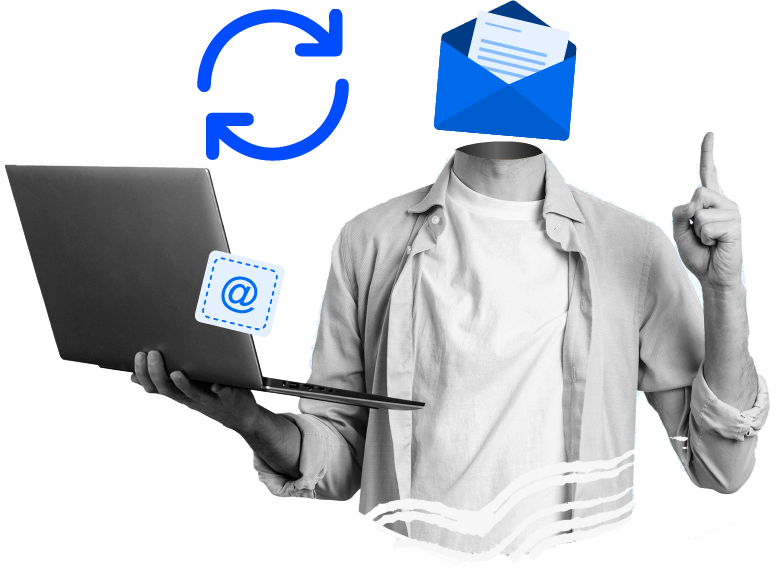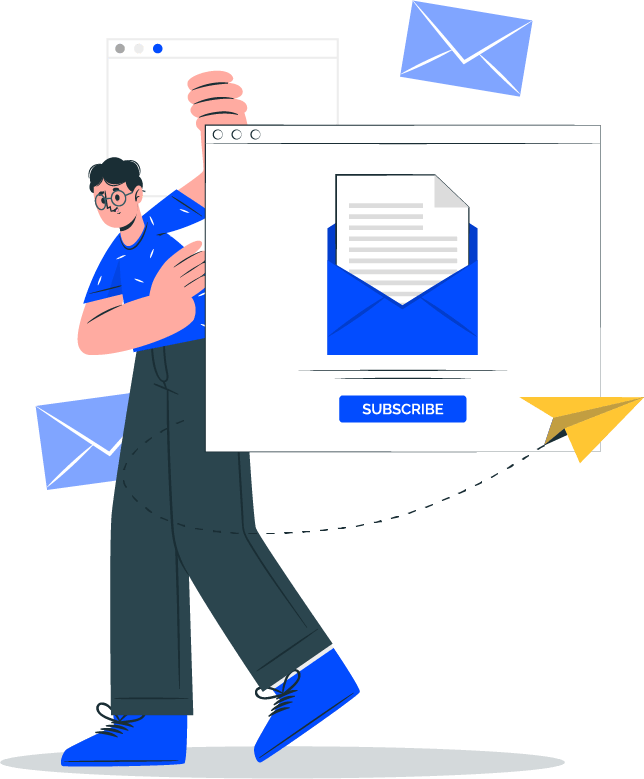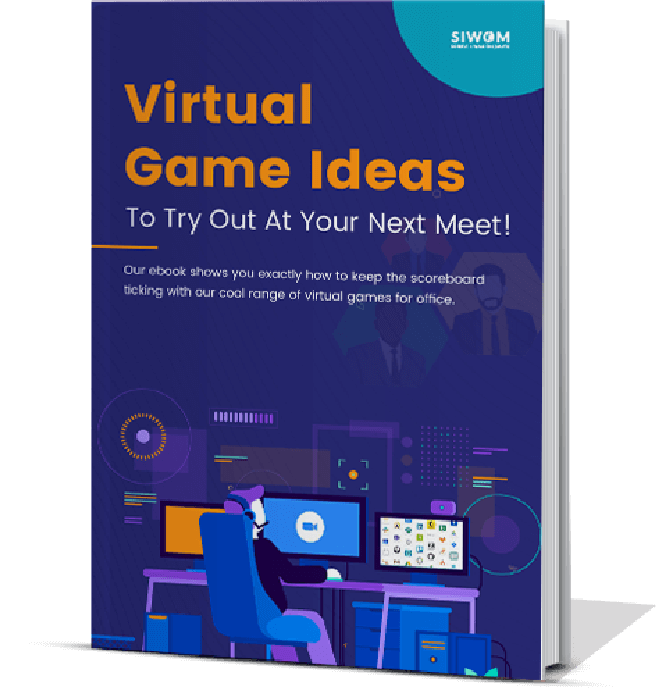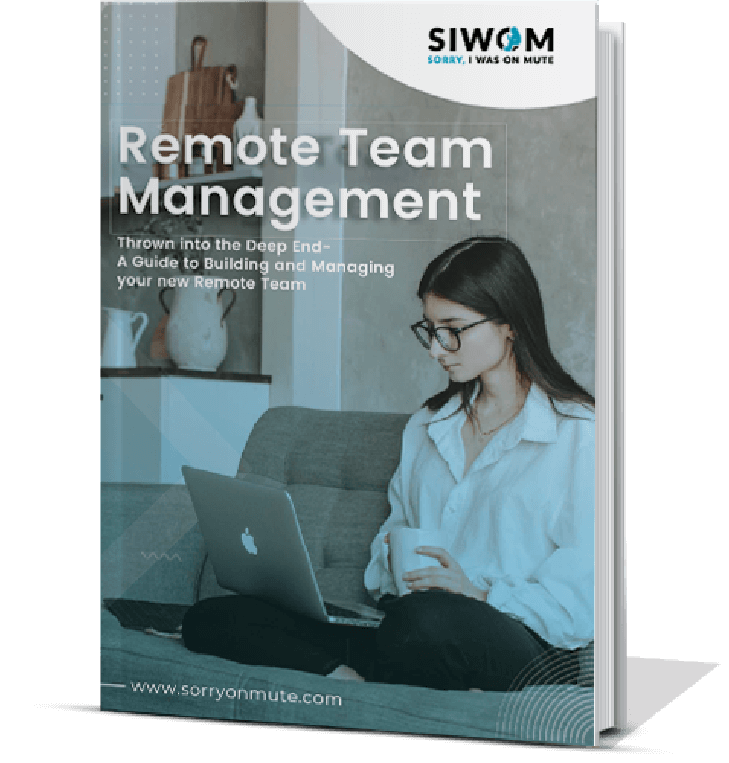” Innovation distinguishes between a leader and a follower.”- Steve Jobs
Innovation fuels invention. Without it, we would not have made it this far in a modern-day world of digital conveniences. How many appliances, products, and platforms do we use in our everyday life without a second thought?
From coming up with the means to delight customers, boosting profits, brand building, marketing, and quality compliance, innovation betters the world. Most people are inclined to think that innovation happens only in technical research and development. It in fact can come from any person and any department.
A Gallup survey reveals that 61% of coworkers feed off the creativity of their colleagues. Of these 59% feel that their current job helps them come up with creative ideas. Engaged employees who have a platform and a voice are far more likely to take your business to the next level than those who are disengaged and feel that their ideas will be rejected if they come forward with it.
Why then, do some businesses struggle to harness innovation as an employee engagement strategy? Let’s find out with a deep dive into managerial thinking
1. How Can Leaders Encourage Innovation?

According to Bob Kelleher, author of Employee Engagement for Dummies, innovation drives engagement. This is harder to see in action if businesses continue to support the ‘because’ culture.
Ever recall times that you, or someone you knew suggested something, only to have it met with ‘ that’s a great idea, but..’ ?
That's the ‘because’ culture, in a nutshell. In this setting, leaders are not receptive to change not instituted by them. They find reasons to reject creativity upfront, citing the ideas or suggestions to be costly, unfeasible or irrelevant to the business. This rigidity and reluctance to hear the employee out can be detrimental to employee engagement down the line.
The trouble with the ‘because’ culture, is that it neither encourages, nor sustains creativity. It worries more about not breaking the rules than challenging the status quo. When employees get shot down or see their coworkers being unable to express themselves and be heard out, they start losing interest and focus in work. To their way of thinking, why should they put in any more effort or offer up suggestions when none are taken into consideration?
Here’s why leaders should turn this mindset around, and consider innovation as an employee engagement strategy:
- Employees who are familiar with your processes would know which ones are working, and which ones aren’t (and haven’t been so for a long time).
- They can draw from customer feedback and find gaps between service requests and availability. For example, the demand for an old product or a new service. Consequently, they can relay this to product design and development and recapture interest by marketing the launch of such items.
- It can simplify routine work by finding an easier or quicker workaround.
- The company can follow market movements and recognize what users are asking for. Consequently they can evolve and keep their head in the game.
- Innovation raises satisfaction scores. In another Gallup survey, it was found that 74% of engaged employees give their customers new ideas, thereby helping them maximize their use out of a company’s product and/or service.
Innovation as an employee engagement strategy starts with a mindset adjustment. Instead of outright rejections, hear your employees out. Schedule a time and space for brainstorming. Sleep on the ideas that you get if you must. The simple act of listening and showing interest in the idea allows employees to let go of any hesitation or inhibition. Even if the idea is not ultimately picked up, employees are left with the feeling that they can approach you anytime inspiration strikes.
Let us look at a few tips to get employees to come forward with innovative ideas.
2. How to Get Innovative Ideas from Employees?

2.1. Cultivate the Right Mindset
One person having the right frame of mind isn’t sufficient. It has be a movement, and this is where hiring comes in. Hiring the right people makes all the difference. You need people who are doers and approach problem-solving as an interesting challenge. It only takes one bad hire to create discord amongst a team, which is why attitude tests matter just as much as aptitude tests. Put simply, they do not conform to the’ my way or no-way’ ideology that thinks only they are always in the right. The right mindset can open you to new experiences.
2.2. Creative Freedom
Dedicate a space, either in a collocated office or digital channel, for expressing ideas, collecting feedback and raising concerns. Furnish the room (or hub)with idea and mood boards, motivational posters, decor and stationery to help get the creative juices flowing. If your team is remote, schedule an hour that everyone’s available for and have them convene at a central channel for brainstorming. You can further segment and organize this space by team member and designation to keep track of where ideas are coming from, and from who.
2.3. Breaking Free of Convention
Employees can come up with the best ideas only when they are given the independence and freedom to pick up projects that interest them. So long as they can meet deadlines and manage scheduled work, there should be no reason to deny them the opportunity to work on things that they are passionate about. It can even open doors to corporate social responsibility initiatives. For example, if a worker wants to get more involved in charity, the company can support them and post updates on causes they take up, featuring that particular employee. Visual representations of what your company values beyond the business can promote you. It can attract investors to back your product, and can increase engagement with customers.
2.4. Gamify Problem Solving
Who doesn’t like the feeling of winning a challenge? Gamification strategies can make problem solving interesting and pave the way for innovation. You can catch the attention of your employees by inviting them to participate in gameplay. It helps you crowdsource ideas, i.e. Collect input from anywhere. You can use a poll to see which ideas are popular and assess them for feasibility. Games conducted outside offices can also fuel creativity, owing to the change of environment. Gamified problem solving helps employees bounce ideas off each other. They consequently collaborate in competitions and would come to love working as part of a team as well as flying, whether it's a coding puzzle, logical reasoning or a bootcamp experience.
2.5. Create Agility for Innovation Toolkit
Curate a list of items you need for inspiration. It can be a collection of books, music playlists, travel spots, or even technologies that people are familiar with. Invite your staff to donate old belongings in reasonably good condition to the office library so that others can have something to go on. An innovation toolkit supports diversity and inclusion. It gives people the confidence to present their ideas and credit who, or what inspired it.
3. How Does Employee Engagement Cause Innovation?

Innovation sparks discussions and helps break communication barriers between workers and management. Engaged employees are the ones who feel that their work environment is safe and free for expressing themselves. Even if an idea put forth doesn’t seem feasible at the time, it can be recorded and stored in an accessible format to revisit later when the time is more opportune. Employees who feel comfortable talking strategy and innovation are also more likely to remain loyal to the business that supports and nurtures ideas.
Leveraging innovation as an employee engagement strategy improves team collaborative, and provides a medium for people to connect, share and collect constructive feedback. It also inspires confidence in leadership with people wanting to emulate the actions of a leader who is approachable and open to receiving suggestions from anyone, regardless of their skill, role or experiential seniority. When employees view a problem through the innovation lens, they remain more invested in the interests of the company and gain motivation to perform in their work.
4. FAQs
4.1. How is innovation related to employee engagement?
Innovation fuels employee engagement by fostering a culture of creativity, autonomy, and ownership, motivating employees to contribute ideas and feel valued. Engaged employees, in turn, drive innovation by actively participating, collaborating, and innovating within their roles, leading to organizational growth and success.
 Interested in Virtual Team Building Events?
Interested in Virtual Team Building Events?





















